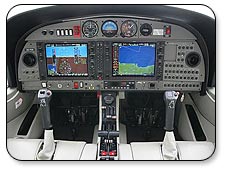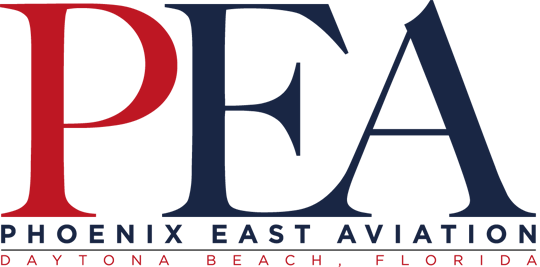5 Tips for Managing Cockpit Automation

Along with technologically advanced aircraft, though, comes a new way of flying for pilots. While cockpit automation can make flying safer, these same systems can produce unfavorable consequences if not utilized properly and monitored consistently.
Here are 5 tips for managing cockpit automation:
1. Know the equipment
The easiest way to prevent automation mistakes is to know everything there is to know about the aircraft’s automation. It’s not enough to know how to input values into the GPS receiver; you need to know exactly what the system is doing with each input. The more you know about the system, the easier it will be to identify an anomaly when one occurs.
2. Pre-program and triple-check
Don’t wait until you’re airborne to enter your data into the GPS or program the Flight Management System. Why not ease the workload and enter it before you depart? The less time you spend looking down at the computer during flight, the more time you’ll be able to spend looking for traffic or monitoring your instruments. And it goes without saying that you should always double-check and triple-check your inputs and the computer to make sure it’s producing the correct information for your flight.
3. Keep your head up
As the old saying goes: “Aviate, navigate, communicate.” In that particular order. All the time. If you can’t get the GPS to do what you want, for example, don’t spend twenty minutes with your head down trying to make it work. There’s a good chance that when you look up you won’t know where you are. Instead, fly the airplane, maintain situational awareness, and communicate your intentions. Remember- you don’t need a GPS to fly the airplane! It’s there to help, and if it’s not helping you then forget about it and move on.
4. Maintain a sterile cockpit
The sterile cockpit rule states that a pilot and co-pilot will focus on flying and only flying during critical phases of flight such as takeoff and landing. During these times, conversation and tasks that are not associated with flying the airplane are prohibited. Since accidents occur most often during these critical phases of flight, it’s important that pilots monitor the cockpit instruments closely and maintain situational awareness.
5. Be critical, not complacent
Cockpit automation allows pilots to be more accurate. It also contributes to complacency. As the pilot becomes an inactive participant in the flight, boredom and inattention set in. Pilots need to remain critical of cockpit automation and learn to overcome complacency. Pilots should continuously observe the aircraft and its on-board technology to ensure it’s doing what they expect it to do. Ultimately, it’s still the pilot’s responsibility to make sure that the outcome of the flight is a positive one – regardless of what the cockpit automation tells them.




